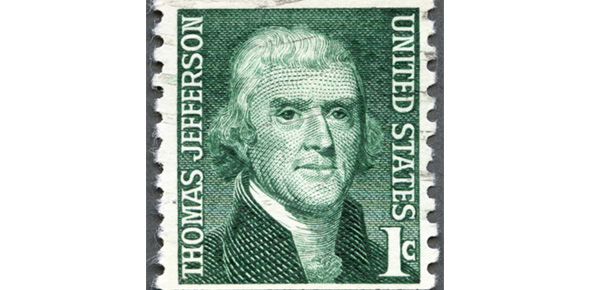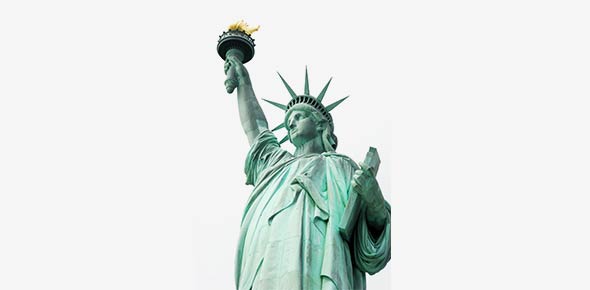Related Flashcards
Related Topics
Cards In This Set
| Front | Back |
|
The Bargain of 1877
A) allowed Samuel Tilden to become president.
B) ended Reconstruction.
C) marked a compromise between Radical and Liberal Republicans.
D) called for the passage of the Fifteenth Amendment.
E) was made by Grant to end the Whiskey Ring.
|
Correct Answer(s):
B) ended Reconstruction.
|
|
Opposition to Reconstruction
A) was based mainly on the unwillingness of white southerners to accept black civil rights.
B) led to the rise of the Ku Klux Klan.
C) prompted the new southern governments to look to the federal government for help and protection.
D) did not originally cause the Liberal Republican opposition to Ulysses Grant.
E) All of the above
|
E) All of the above
|
|
Who, when in power, established the South’s first state-supported public schools?
A) Southern Republicans
B) Southern Democrats
C) Northern Republicans
D) The Union military
E) None of the above; the South did not have state-supported public schools.
|
A) Southern Republicans
|
|
The Prostrate State depicts
A) an ailing slave who is unable to live long enough to see emancipation.
B) South Carolina under so-called corrupt negro rule of Reconstruction.
C) an economically weak South unable to contribute to the national economy.
D) a terrorized black community during the reign of the Ku Klux Klan.
E) an apathetic Congress that has given up on Reconstruction after 1870.
|
B) South Carolina under so-called corrupt negro rule of Reconstruction.
|
|
Liberal Republicans believed that
A) power in the South should be returned to the region’s “natural leaders.”
B) it was the responsibility of the federal government to continue assisting blacks.
C) President Grant was a brilliant politician.
D) Thaddeus Stevens would be their best presidential hope in 1876.
E) Congress had to stay committed to the Reconstruction cause.
|
A) power in the South should be returned to the region’s “natural leaders.”
|
|
The Civil Rights Act of 1866
A) was the work of Charles Sumner, the radical senator from Massachusetts.
B) defined the rights of American citizens without regard to race.
C) provided African-Americans with the right to vote.
D) provided for civil rights, not equal rights.
E) won the support of President Andrew Johnson.
|
B) defined the rights of American citizens without regard to race.
|
|
During Reconstruction, southern cities
A) enjoyed new-found prosperity as merchants traded increasingly with the North.
B) were as poverty stricken as rural southern areas.
C) benefited from the building of a transcontinental railroad from Washington, D.C., to Los Angeles.
D) benefited as rice and tobacco production markedly grew.
E) None of the above
|
A) enjoyed new-found prosperity as merchants traded increasingly with the North.
|
|
Black Codes
A) allowed for the arrest on vagrancy charges of anyone who failed to sign yearly labor contracts.
B) simply reenacted slavery.
C) granted African-Americans the right to testify against whites, but provided them with no other substantive civil rights.
D) were a form of language that freed slaves used to communicate, just as they had during slavery.
E) pleased northerners because they saw that the rule of law was returning to the South.
|
A) allowed for the arrest on vagrancy charges of anyone who failed to sign yearly labor contracts.
|
|
Andrew Johnson
A) simply continued Lincoln’s Reconstruction policies.
B) lacked Lincoln’s political skills and ability to read and influence public opinion.
C) agreed with Lincoln that African-Americans did not play a role in Reconstruction.
D) was equally as racist as Lincoln.
E) displayed a great ability to compromise, very much like Lincoln.
|
B) lacked Lincoln’s political skills and ability to read and influence public opinion.
|
|
Where did investment opportunities lure more northern investors than in the South, causing economic development to remain weak in that region?
A) The west
B) Mexico
C) Canada
D) Chicago
E) Asia
|
A) The west
|
|
The Civil Rights Act of 1866
A) was the work of Charles Sumner, the radical senator from Massachusetts.
B) defined the rights of American citizens without regard to race.
C) provided African-Americans with the right to vote.
D) provided for civil rights, not equal rights.
E) won the support of President Andrew Johnson.
|
B) defined the rights of American citizens without regard to race.
|
|
1868 Democratic presidential ticket, Horatio Seymour and Francis Blair, Jr., had a campaign motto of
A) Liberty, Freedom, and the Southern Way.
B) Forgive and Heal. White and Black Men Coming Together.
C) Redeem the South. White Forever and Ever.
D) This is a White Man’s Country. Let White Men Rule.
E) I’ve “Seen More” then I’ve Wanted in War. Let’s Reconstruct.
|
D) This is a White Man’s Country. Let White Men Rule.
|
|
For the former slaves, political freedom meant
A) Frederick Douglass’s election to office.
B) having the right to vote.
C) amending the Constitution to eliminate the three-fifths clause.
D) electing African-Americans to local office, not to national office.
E) the right to demonstrate but not necessarily to vote.
|
B) having the right to vote.
|
|
Where did investment opportunities lure more northern investors than in the South, causing economic development to remain weak in that region?
A) The west
B) Mexico
C) Canada
D) Chicago
E) Asia
|
A) The west
|
|
The passage of the Fifteenth Amendment
A) split the feminist movement into two major organizations.
B) was bitterly opposed by the Democratic Party.
C) marked the end of the American Anti-Slavery Society, as its work was now complete.
D) left many loop holes for the South to disfranchise blacks.
E) All of the above
|
E) All of the above
|






